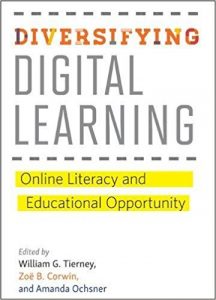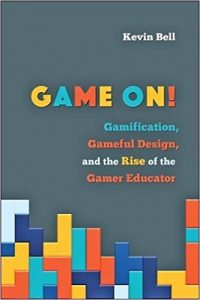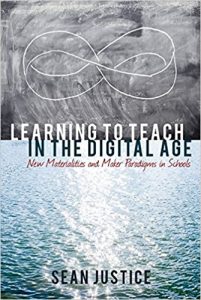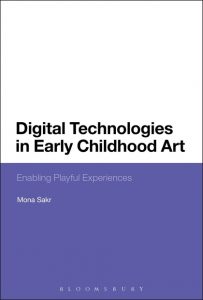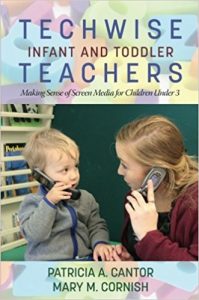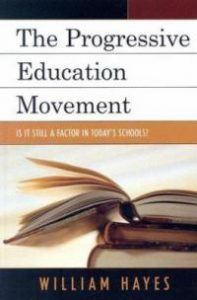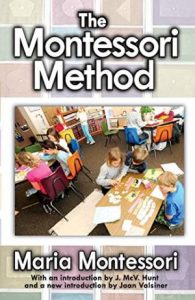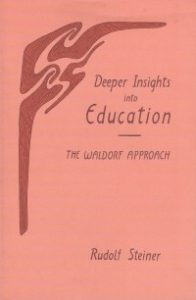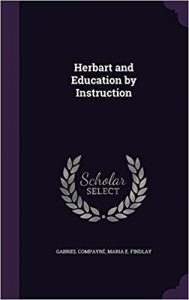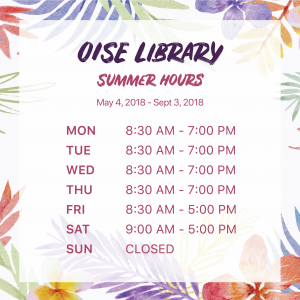For Mental Health Week (May 7th – 13th), the OISE Library is featuring a selection of books and resources from our Curriculum Resources and Stacks collection related to Mental Health Education. These titles cover topics such as mental health in colleges/universities, mental health in the classroom, mindfulness, and more.
Mental health matters: A practical guide to identifying and understanding mental health issues in primary schools, by Paula Nagel
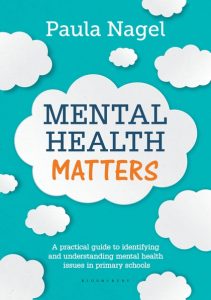 Mental health matters: A practical guide to identifying and understanding mental health issues in primary schools is a teacher’s guide that examines children’s mental health in an educational context. Recent research on children’s mental health has shown that one in ten school children are diagnosed with a clinical mental health disorder. According to Nagel, these mental health problems are likely to manifest as behavior problems and are often treated with ineffective behavioral management methods. The author explores the complex relationship between unmet mental health needs and behavioral issues through various case studies. Divided into six chapters, the book explores triggers, risk factors, and various types of environments that affect a child’s mental heath. The book is a comprehensive and practical guide that provides classroom teachers with tools to help improve children’s confidence and mental health.
Mental health matters: A practical guide to identifying and understanding mental health issues in primary schools is a teacher’s guide that examines children’s mental health in an educational context. Recent research on children’s mental health has shown that one in ten school children are diagnosed with a clinical mental health disorder. According to Nagel, these mental health problems are likely to manifest as behavior problems and are often treated with ineffective behavioral management methods. The author explores the complex relationship between unmet mental health needs and behavioral issues through various case studies. Divided into six chapters, the book explores triggers, risk factors, and various types of environments that affect a child’s mental heath. The book is a comprehensive and practical guide that provides classroom teachers with tools to help improve children’s confidence and mental health.
Social and emotional learning in the classroom : promoting mental health and academic success, by Kenneth W. Merrell and Barbara A. Gueldner
 Social and emotional learning in the classroom: Prompting mental health and academic success is a teacher’s guide that provides resources and strategies on social and emotional learning (SEL). The book consists of eight chapters, the first half which defines SEL and examine its implementation and benefits in the classroom. The latter half of the book explores the ways in which educators can effectively adopt social and emotional learning in their teaching plans. Using strategies based in recent research in SEL, the goal of the book is to create greater awareness of student mental health in the classroom and ensure that teachers are equipped with the proper knowledge to cultivate a healthy and happy learning environment.
Social and emotional learning in the classroom: Prompting mental health and academic success is a teacher’s guide that provides resources and strategies on social and emotional learning (SEL). The book consists of eight chapters, the first half which defines SEL and examine its implementation and benefits in the classroom. The latter half of the book explores the ways in which educators can effectively adopt social and emotional learning in their teaching plans. Using strategies based in recent research in SEL, the goal of the book is to create greater awareness of student mental health in the classroom and ensure that teachers are equipped with the proper knowledge to cultivate a healthy and happy learning environment.
This is NOT a fire drill: Crisis intervention and prevention on college campuses, by Rick A. Myer, Richard K. James and Patrice Moulton
 This is not a fire drill: Crisis intervention and prevention on college campuses is a comprehensive guide for post-secondary faculty, administrators, and educators on how to create a crisis intervention program on campus. The goal of the book is to highlight the importance of crisis intervention and prevention in schools and help staff and faculty to identify and aid students in crisis. It explores topics such as the basics of crisis intervention, organizing crisis response, recovery after crisis, crisis intervention training, and more. Each of the twelve chapters in the book provide readers with guidelines and tips on how to effectively establish a crisis intervention protocol in a college or university system. Authors Rick Myer, Richard James, and Patrice Moulton combine their extensive experiences as crisis intervention/prevention specialists to provide readers with real-life cases and examples of crisis intervention in practice on campuses.
This is not a fire drill: Crisis intervention and prevention on college campuses is a comprehensive guide for post-secondary faculty, administrators, and educators on how to create a crisis intervention program on campus. The goal of the book is to highlight the importance of crisis intervention and prevention in schools and help staff and faculty to identify and aid students in crisis. It explores topics such as the basics of crisis intervention, organizing crisis response, recovery after crisis, crisis intervention training, and more. Each of the twelve chapters in the book provide readers with guidelines and tips on how to effectively establish a crisis intervention protocol in a college or university system. Authors Rick Myer, Richard James, and Patrice Moulton combine their extensive experiences as crisis intervention/prevention specialists to provide readers with real-life cases and examples of crisis intervention in practice on campuses.
Mental health practice in today’s schools : Issues and interventions, edited by Raymond H. Witte and G. Susan Mosley-Howard
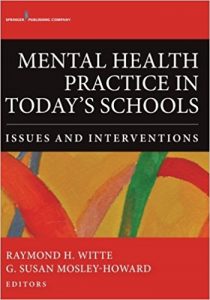 Mental health practice in today’s schools: Issues and interventions is an anthology of scholarly articles that explore at some of the most crucial and current mental health concerns in schools. Despite receiving greater attention in recent years, schools often lack effective mental health programs for their students. The goal of this book is to equip school staff, administrators, and teachers with the proper tools that will help them to facilitate good mental health practices within the classroom. The book focuses on prevention and intervention tactics, and argues that proper counselling is key to improving student mental health in schools. Furthermore, the book explores a variety of topics in mental health education, such as, at-risk students, culturally sensitive practices, support networks, law and ethics, crisis response, abuse, and more. The contributors of this resource share their extensive knowledge and experience in mental health and education, and provide readers with evidence-based research and real-life cases.
Mental health practice in today’s schools: Issues and interventions is an anthology of scholarly articles that explore at some of the most crucial and current mental health concerns in schools. Despite receiving greater attention in recent years, schools often lack effective mental health programs for their students. The goal of this book is to equip school staff, administrators, and teachers with the proper tools that will help them to facilitate good mental health practices within the classroom. The book focuses on prevention and intervention tactics, and argues that proper counselling is key to improving student mental health in schools. Furthermore, the book explores a variety of topics in mental health education, such as, at-risk students, culturally sensitive practices, support networks, law and ethics, crisis response, abuse, and more. The contributors of this resource share their extensive knowledge and experience in mental health and education, and provide readers with evidence-based research and real-life cases.
Sitting still like a frog: Mindfulness exercises for kids (and their parents), by Eline Snel
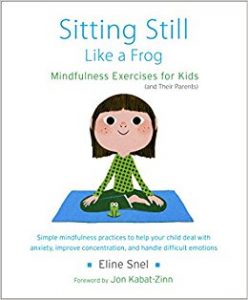 Sitting still like a frog: Mindfulness exercises for kids (and their parents) is written by Eline Snel, a prominent author on the topics of infusing mindfulness practices into education and healthcare. This handbook helps both children and adults cultivate a greater sense of self-awareness and of awareness for the world. The book is comprised of ten chapters that explore topics such as mindful parenting, handling emotions, attention to breathing, attention to the body, and more. Each chapter takes the reader through different mindfulness practices and techniques, which are accompanied by visual audio guides provided by the book’s DVD.
Sitting still like a frog: Mindfulness exercises for kids (and their parents) is written by Eline Snel, a prominent author on the topics of infusing mindfulness practices into education and healthcare. This handbook helps both children and adults cultivate a greater sense of self-awareness and of awareness for the world. The book is comprised of ten chapters that explore topics such as mindful parenting, handling emotions, attention to breathing, attention to the body, and more. Each chapter takes the reader through different mindfulness practices and techniques, which are accompanied by visual audio guides provided by the book’s DVD.

